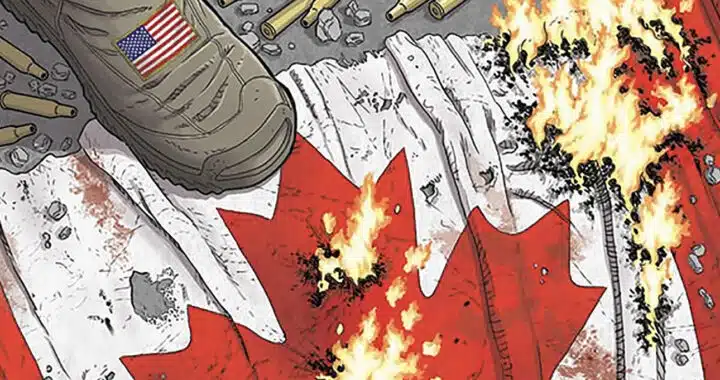
‘We Stand On Guard’ Goes to War Against Canada
Published in 2015, comics series We Stand on Guard speculates a near-future war between the US and Canada.

Published in 2015, comics series We Stand on Guard speculates a near-future war between the US and Canada.
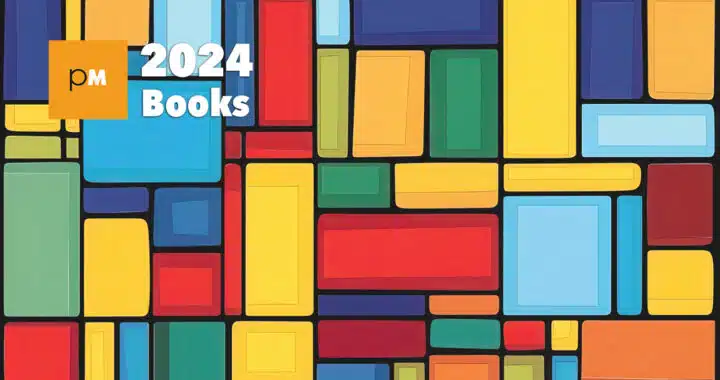
PopMatters Best Books of 2024 include a broad range of nonfiction, many books on music, short fiction, a novel that turns a Mark Twain classic inside out, and much more.

Ostensibly a meditation on Greek mythology, I found more parallels with Islamic eschatology in Anders Nilsen’s sprawling graphic novel think piece, Tongues.

Today’s Asian American pop culture stands on the shoulders of Giant Robot, a beloved zine that published an eclectic mix of artists and subjects.
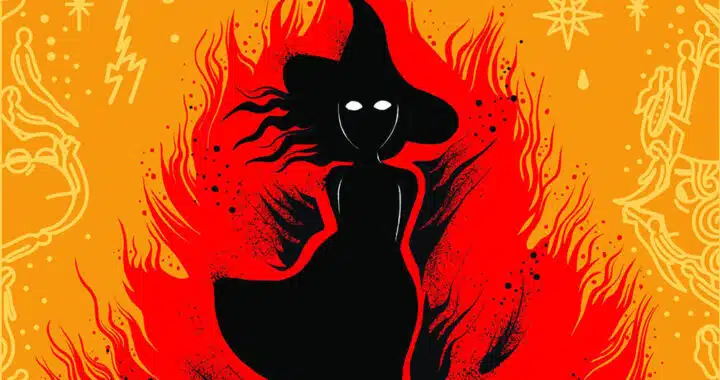
Aminder Dhaliwal’s A Witch’s Guide to Burning shows the follies of our toxic relationship with overwork and how to break its spell.

Chuck D’s style in his three-volume, Covid-era graphic novel STEWdio can be described as neo-expressionistic with images and text often intertwined like Jean-Michael Basquiat’s art.

Aquaman can be read as an allegory that responds to the climate change crisis, an era in which the oceans have become sites of warfare and mass death.

Marvel Studios’ What If…? on Disney+ is an intriguing animated and narrative exercise in the MCU, but why isn’t it as exciting as we anticipated?
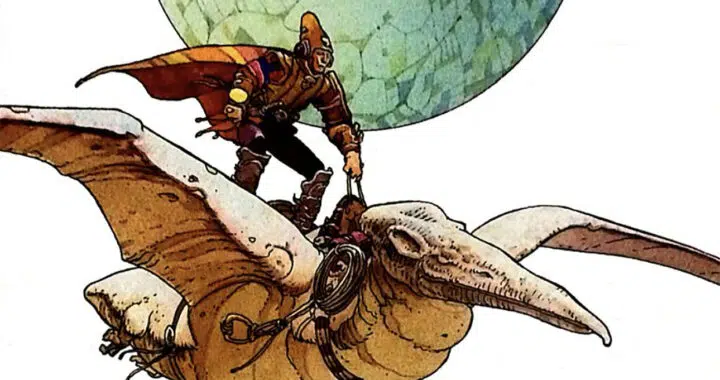
French artist Jean Giraud, aka Moebius, inspired his peers and mass media. In video games especially, his psychedelic fantasy/surrealist art may live on forever.
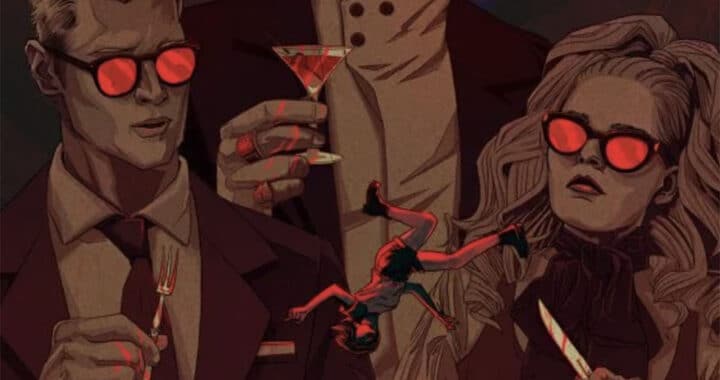
Marx’s death pact is made literal in Sarah Gailey’s Eat the Rich, a remarkably fun comics series given its subject is the horror of capitalism.
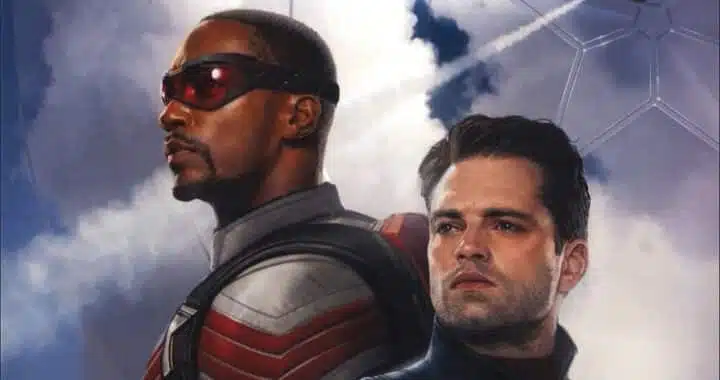
Marvel’s Falcon and the Winter Soldier on Disney+ follows the legacy of Captain America in the MCU, but its timely racially and politically charged plot lacks focus.

Inspired by Joe Ollmann’s Fictional Fathers, I ruminate on my life with comics, my favourite job as a father, and what Art can remind fathers about loving and raising their children.